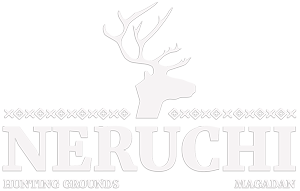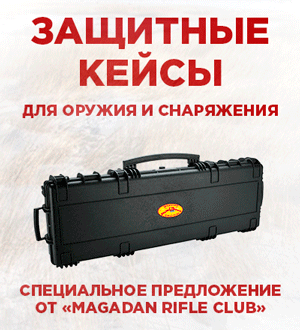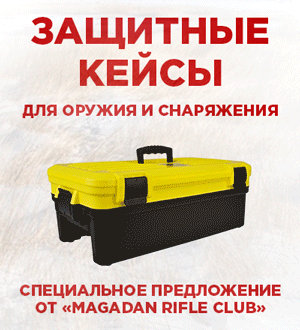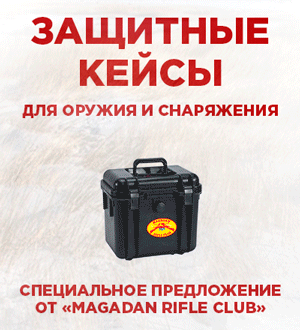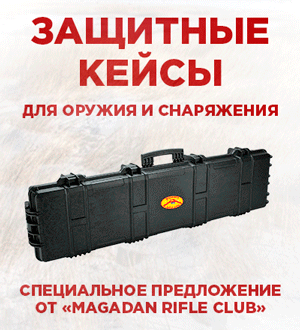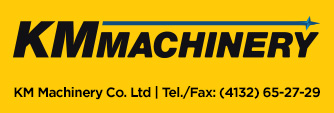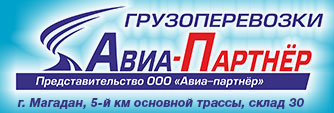Posted on April 14, 2017
Rifle lodge
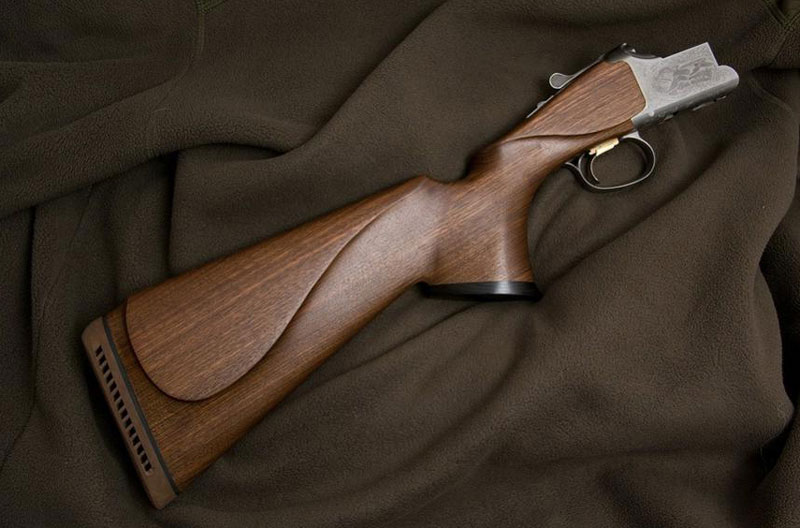
If the trunks ensure the reliable operation of the gun, then the success of shooting, its prey are largely determined by the size and shape of the lodge. When firing on mobile targets, and even more so, the convenience of the lodge is perhaps of decisive importance. Lying in many ways determines the appearance of the gun. It is the bed that gives it or him some outlines, making the gun elegant and elegant, strict and businesslike, lurid or rude …
The applicability of the lodge
A convenient gun with a quick throw (more details about shooting at moving targets) immediately turns to the aiming point, and the aiming eye without any additional efforts from the direction of the arrow is located on the sight line of the gun.
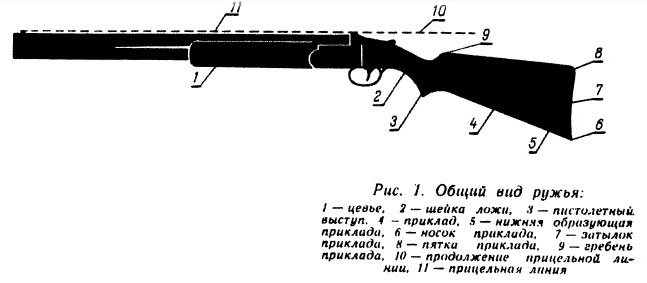
The property of a shotgun to be convenient for an arrow is called applicability and it is provided by the fact that the bed is given a certain shape and size. The more the size of the box will correspond to the growth and the build of the arrow, the more comfortable it will be for this gun. The question, however, is complicated by the fact that the shape and dimensions of the box must match not only the physique of the shooter, but also the type of gun, its purpose. If you make a box for heavy and long-barreled rifles, copying the sizes from the box of a light short-barrel rifle, then such a bed will be very uncomfortable. I lay down to the gun, intended for shooting on a round platform, making millimeters 10 shorter than the box, made for a gun used on a trench platform. A lodge for a rifle, used mainly for hunting a beast, is advisable to do a few shortened in a sock, and it is more convenient to make a lug longer for shooting a gun for shooting high flying birds.
If the gun has a significant imbalance due to design flaws, then it can not be made applicability, no matter how the shape of the box.
Determination of the degree of application of the lodge
Determine the degree of application of the gun can be 2 methods – shooting at targets and visual control.
Method 1. On the square sheets of paper, 5 targets are drawn and numbered from 1 to 5. Shooting at targets is made from a distance of 10 meters. They shoot at you, that is, they shoot right away, as soon as the box touches their shoulders. To create an element of surprise, shoot each time on the target, whose number is called by another person. And every time on each sheet one target is left untouched. Then, based on at least 20 shots, the deviation of the midpoint of the hit from the aiming point is found. For sports 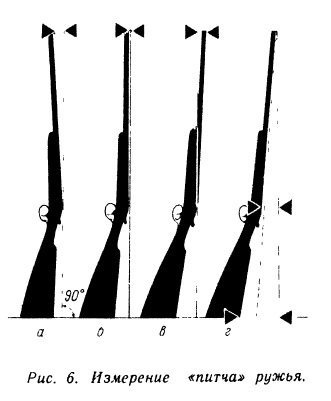 shooting on flying targets, this deviation should not exceed 1 centimeter.
shooting on flying targets, this deviation should not exceed 1 centimeter.
Method 2. It consists in the fact that the rifle is thrown at targets whose diameter is 1.5% of the distance from the arrow to the target. If the fly does not go beyond the limits of these circles, the applicability of the shotgun for target hunting may be considered satisfactory.
However, there may be a question, how does the vast majority of hunters shoot guns with guns whose lodges have standard sizes? The fact is that most hunters have a medium build, so to speak standard, and average height. Standard lodges are developed precisely in terms of people with an average body type. It should also be noted that most hunters do not shoot off, but after more or less accurate aiming, that is, after correcting an error in the gun’s aiming, which occurred when it was tipped to the shoulder. Finally, grabbing the forearm, then closer to the receiver, then farther away from it, the shooter can largely adapt to any bed. In some cases, when the gun is used for a long time, the arrow becomes comfortable with some specific gun, in relation to which a stereotype of correct movements has arisen. All the rest of the guns, although their boxes correspond more to the constitution of this shooter, seem to him quite uncomfortable.
The structure of the gun lodge
On the lodge – pic. 1 you can distinguish the neck, butt and fore-end. At the front end of the neck, the metal parts of the rifle are inserted, the neck is held by the hand that serves the trigger hooks.
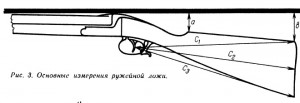
Neck and its types
The neck can be flat, without protrusions from the underside and smoothly pass into the lower contour of the butt. Such a neck is called straight, and the lodge is called English, or by analogy with a lodge on the 3 line – rifle.
Necks are also with a ledge on the underside, and, if the ledge has soft outlines, it is called semi-pistol. In accordance with this semi-pistol name both the neck and the lodge. If the protrusion is turned sharply downward, and even more so when an oval shape of the area is made at its end, they speak of a pistol protrusion, a pistol neck or a bed. Each of the named types of necks has both advantages and disadvantages.
As long as the shooter stands and keeps the gun on the stock or carries it on his shoulder, the straight neck seems more comfortable. The fact is that the bones of the hand that compresses the neck form a more or less right angle with it. Thanks to this, all fingers can equally closely cover the neck. On the contrary, the pistol neck can be tightly grasped with only 2-3 fingers – large, medium, and partly indicative. The same finger and little finger can not completely grasp the pistol protrusion.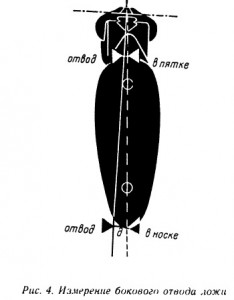
At the time of aiming, on the contrary, the pistol neck provides great convenience. In this case, the relative position of the bones of the hand and the neck of the gun changes abruptly, they meet at an acute angle. As a result, a straight neck covers only 2 fingers – large and medium. The index finger lies on the trigger, and the ring finger and little finger do not reach the neck and do not take part in the work of the hand. With the pistol protrusion, the last two fingers find the necessary support. The steeper this projection, the better the support, the denser the hand covers the ledge. As a result, the sight becomes more confident, and the return is less sensitive. If, in the presence of 2 trigger hooks, you can still argue about the convenience of the direct shape of the neck of the butt, then with one trigger working on both barrels, the neck of the box, no doubt, should be a pronounced pistol shape. Even on shotguns with 2 trigger hooks, if they have an increased weight or are intended for reinforced charges, it is more advisable to have a box with a pistol neck.
A compromise between the two types of lodges considered, which is quite successful, are, firstly, the already mentioned semi-pistol lodges, and secondly, the lodges of the so-called rational type. The bottom surface of the pistol protrusion of the rational lodge is not bent. Therefore, when you move your hand from the front to the rear trigger, the position of the hand relative to the neck does not change. At the same time, the pistol protuberance forms a less acute angle with the bones of the hand than the straight neck without any protrusion. Due to this, all fingers acquire more or less sufficient support. Despite their obvious advantages, rational lodge are not widely used, apparently because of its not very attractive form.
Butt
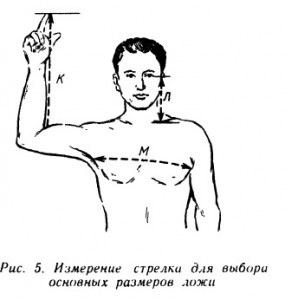 Behind, the neck goes into the butt, that is, to that part of the box, to which the shooter presses his cheek. On the butt, in turn, it is necessary to distinguish the ridge and the lower generatrix or contour, the cheeks from the sides, the projection under the cheek and the occiput, usually covered by a plastic or rubber lining, in the latter case called a shock absorber. The upper part of the nape is called the heel, and the lower part, more pointed, is called the toe.
Behind, the neck goes into the butt, that is, to that part of the box, to which the shooter presses his cheek. On the butt, in turn, it is necessary to distinguish the ridge and the lower generatrix or contour, the cheeks from the sides, the projection under the cheek and the occiput, usually covered by a plastic or rubber lining, in the latter case called a shock absorber. The upper part of the nape is called the heel, and the lower part, more pointed, is called the toe.
Since the arrow’s arm is located below his eye, the lodge must be folded downwards, so that the comb and the back of the lodge are a few centimeters below the sighting line-the continuation of the aiming bar. The bending of the lodge, called the bend, must be the stronger the more the shoulders of the shoulders shoot, the longer the length of its neck and thereby the greater the distance from the clavicle to the pupil of its eye. If the bend is small, then the gun at a discount will go above the target, and if the bend is too large, then vice versa – lower.
But the arrow’s eye is not only above the shoulder, but also somewhat away from it. Therefore, for convenience in aiming, the blodge is also given a small diversion to the right, for shooting from the right shoulder and to the left for shooting from the left. The size of the elbow depends on the width of the shooter’s arm and the volume of his chest.
Length of the lodge
One of the main indicators of the size of the lodge is its length. If the length of the lodge does not correspond to the growth of the arrow and its composition, the shooter will cease to feel his gun. Meanwhile, the sensation of the length of the lodge depends not only on how much it corresponds to the length of the hands of the shooter, but also on a number of other factors. First of all, the great importance is clothing, then the manner to keep the forearm closer or further from the shoe – the receiver.
A lodge made for summer clothes, with thick winter clothes, becomes too long and uncomfortable. Therefore, in recent years, increasingly make changing nape of varying thickness, changing the length of the lodge by 2-3 centimeters. If the gun does not have removable nape, the shooter must learn, depending on the thickness of the clothes, to find the corresponding position of the arm supporting the forearm. With winter clothes, the hand should be kept closer to the receiver, the shoe, and perhaps under it, under the summer one, farther from the shoe and even under the trunks near the front part of the forearm.
For the preliminary calculation of the elements of the lodge – length, bend and retraction, it is useful to use a table compiled by the well-known armourer R. Maarholdt – table 1 (look for it at the end of the publication). The method for removing the yardstick is shown in pic. 5. But, elements such as pitch and thickness of the ridge can only be found experimentally. Moreover, when adjusting the ready lodge to a certain arrow, these quantities are adjusted.
Pitch in the Anglo-American countries, where this name came from, is called the distance from the fly to the perpendicular, restored from the nape of the neck and drawn in relation to the aiming bar at its official cut – pic. 6, and the pitch can also be measured from the perpendicular dropped from the fly on the same plane, to the aiming bar at the state cut of the trunks, to the heel of the head.
Measure the pitch and the angle formed between the continuation of the aiming bar and the plane of the head. This or that value of the pitch is determined by changing the length of the lodge by the toe or by the heel of the nape – pic. 3, C3, C1. With the change in size, the position of the rifle also changes when it is tipped to the shoulder. With an increase in length C3 or shortening of C1, the gun will lie above the target, and vice versa, lower with a change in these dimensions in the opposite direction. The normal length of the lodge along the heel should exceed the average length by 4-5 millimeters, and by the toe – by 10-15 millimeters.
Height and width of the ridge
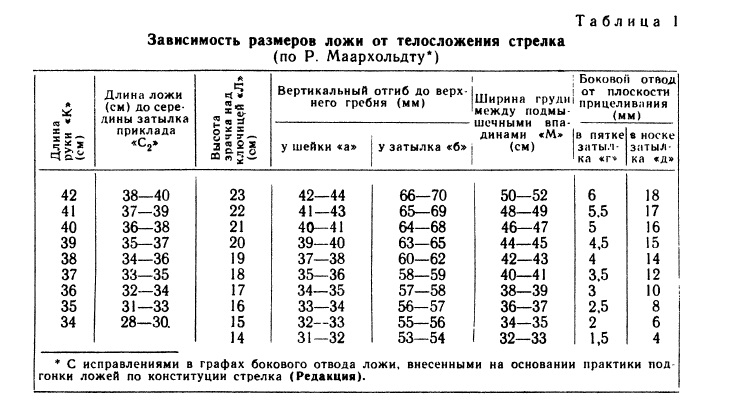
The height and width of the ridge are of great importance for the precise attachment of the gun. If the crest is high or too wide, then the shooter can not reach the eye with the aiming line, and if the ridge is too low or too narrow, he loses support for the head. In the lodge, the type of Monte Carlo, the comb is made with an excess of wood, and the shooter adjusts its dimensions to the shape of its face and the fullness of its cheeks.
Slope to the sighting line
In addition to the width and height of the ridge, its inclination to the sighting line is also important. In the overwhelming majority of guns, the lines of the upper crest slope gently from front to back. This form of the box has a serious drawback – with dense winter clothes, the head of the arrow rests on the ridge closer to the neck, hence, in a lower place. As a result, the arrow’s arrow is below the sight line. True, the ridge of the butt not only falls from front to back, but also becomes somewhat thicker, which partly compensates for the effect of the bevel. To avoid this disadvantage, the upper ridge is sometimes made parallel to the aiming bar. However, the occiput must be made either too high, or to give the bottom generatrix of the butt a slightly different, slightly pleasing to the eye shape. Therefore, on the rational-type lodges, the ridge is made with a fracture – its front part is parallel to the aiming bar, and the back is very steeply falling back. Much more successfully this issue is solved on boxes like the Monte Carlo, the comb of which has a stepped form.
Remaking the lodge
Causes that cause frequent misses (more about the causes of misses) can be very much, but one of them is the unsuccessful form of the lodge, which does not correspond to the physique arrow. In such cases it is more expedient to make a new lodge according to predetermined dimensions or at least to alter and adjust the arrow already available.
 Before starting the alteration of the lodge, it is necessary to compare its dimensions with those theoretically required for this arrow – see table 1. Then, by shooting at targets, find out the nature of the deviation of the sighting line from the aiming point and only if these data coincide can you begin to rework the lodge. Otherwise, it is very easy to spoil the factory lodge.
Before starting the alteration of the lodge, it is necessary to compare its dimensions with those theoretically required for this arrow – see table 1. Then, by shooting at targets, find out the nature of the deviation of the sighting line from the aiming point and only if these data coincide can you begin to rework the lodge. Otherwise, it is very easy to spoil the factory lodge.
To shorten the lodge and the resulting change in the pitch, use a small plane, a cooper, a rasp or a battle file, a sandpaper. The increase in the length of the lodge and the height of the ridge is best done by fitting and pasting pieces of wood, selecting them, if possible, from the same kind of wood as the lodge itself. However, in amateur conditions, most often they resort to laying and gluing the layers of the subwash skin or leatherette. When finding the necessary size and shape of the butt, rubber and leather shoes are very convenient, they are put on the back of the head and on the crest of the box.
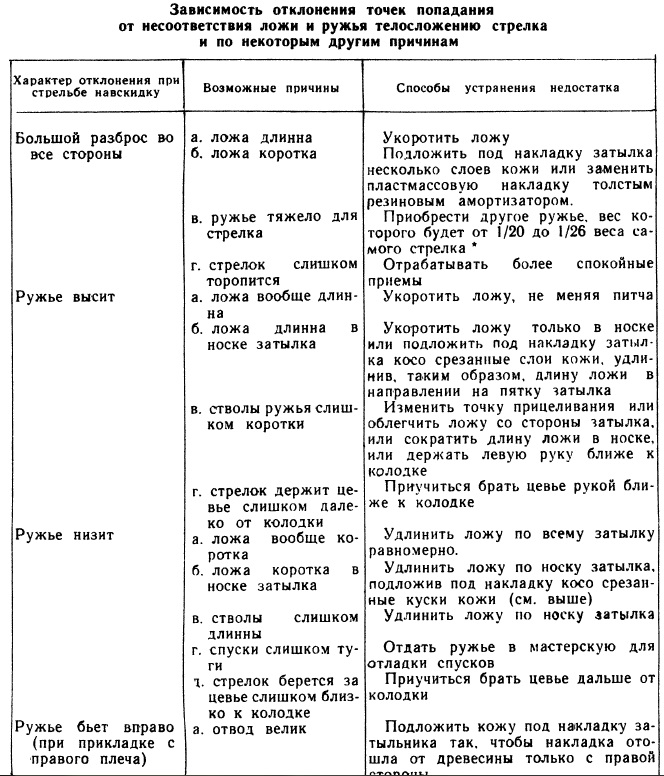
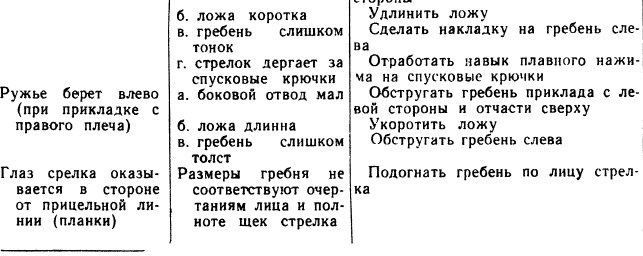
The post was prepared according to the materials of K. Martino, taken from free sources.
Source: www.bighunting.ru

